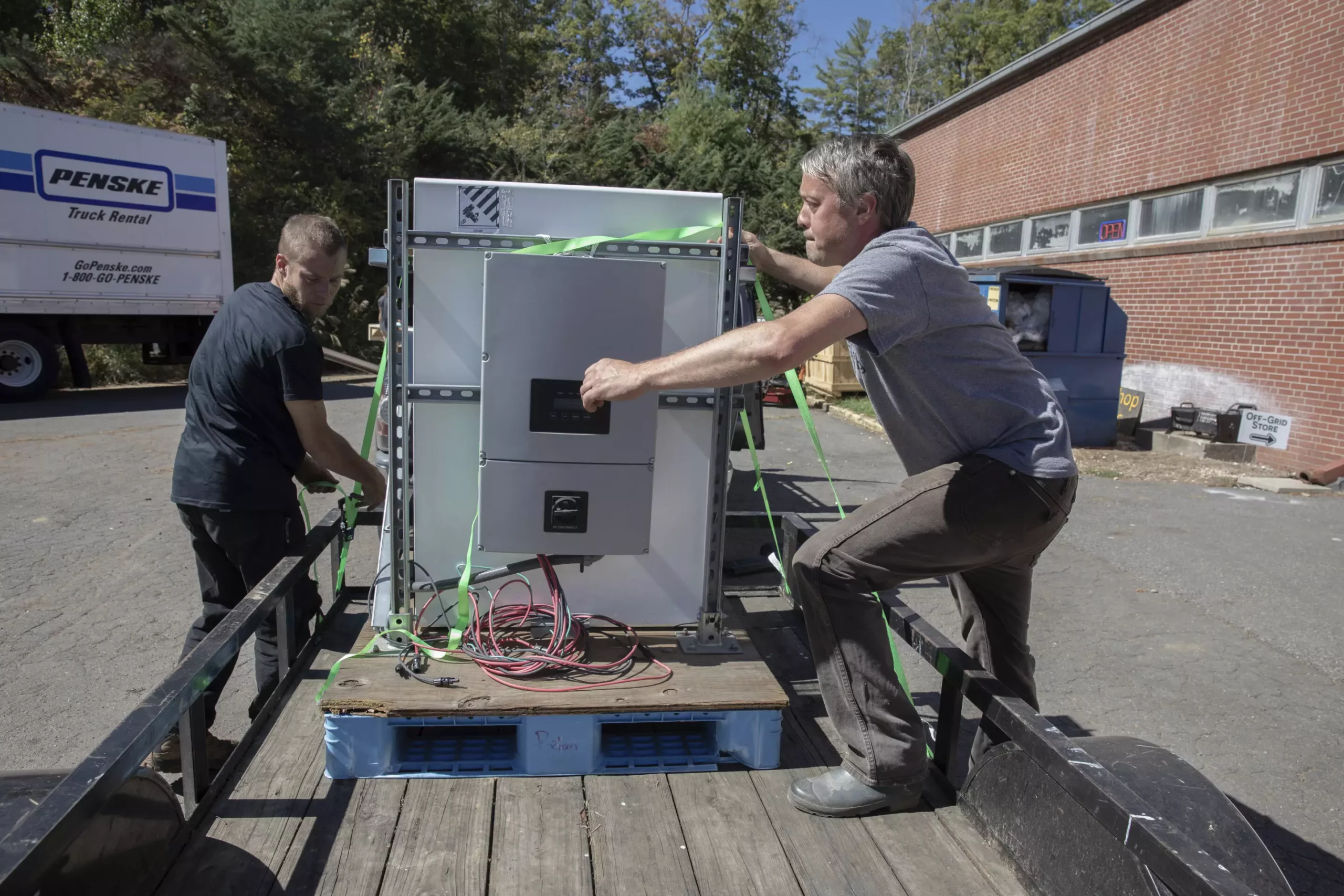In the wake of Hurricane Helene, North Carolina’s mountainous landscapes bear visible scars of destruction. Power lines are down, roads washed out, and communities are left in turmoil. Among these affected areas is Tipton Hill, a small, isolated community nestled in the Pisgah National Forest, where Bobby Renfro, a retired railroad worker, faces the pressing challenges of daily survival. His efforts to provide support to his neighbors have intensified since the hurricane disrupted the lives of many locals. With a gas-powered generator now serving as the lifeline to electricity, the strain on resources has transformed everyday life into a relentless struggle.
Renfro’s community resource hub—set up in a repurposed church—has become a beacon of hope amid despair. However, the generator he relies on consumes fuel at an alarming rate, leading to mounting expenses that he struggles to bear. Despite his relentless efforts, a sense of desperation seeps through his words. As Renfro observes the challenges his neighbors face, he notes that the broader world seems unaware of their plight, displaying a concerning disconnect between urban centers and rural citizens.
The aftermath of the hurricane left over 43,000 people without power, profoundly impacting essential services. Those dependent on life-sustaining medical equipment, refrigerated medications like insulin, or simple conveniences such as charging mobile phones find themselves in dire situations. The damage is not merely structural; it encompasses the healthcare and emotional wellbeing of the community.
Furthermore, the repair efforts are stymied by the rough terrain, complicating the restoration of electricity for many. Workers dispatched from diverse regions, including crews from as far away as Canada, battle the elements and the new reality of storm-inflicted damages. The work is no longer about repairs; it has evolved into a complete rebuilding of infrastructure. Kristie Aldridge, a communications vice president for North Carolina Electric Cooperatives, underscores that the situation calls for more than just fixing what was broken—it requires a whole new approach and a significant commitment of resources.
Yet, glimmers of hope emerge in this challenging environment. Recently, Renfro was gifted a solar generator from the Footprint Project, a nonprofit organization committed to creating sustainable power solutions. This new generator provides a cleaner, quieter, and cost-free source of energy, a welcome change amidst the cacophony of gas-powered machines that dominated their lives for weeks. The impact is profound, providing not just electricity but also a sense of security to the community that had been grappling with uncertainty.
The Footprint Project has rapidly expanded its operations, deploying numerous solar microgrids and portable systems to help vulnerable areas regain some semblance of normalcy after the accessible energy supply has been obliterated. Project founders Will Heegaard and Jamie Swezey recognize the scale of the disaster and have adapted their mission to meet the pressing needs of affected populations. Their determination and focus on sustainable technology point to a larger trend in disaster response—transitioning from temporary fixes to long-lasting solutions that prioritize environmental responsibility.
As the recovery unfolds, collaboration emerges as a lifeline. Local volunteers work with organizations like the Footprint Project, ensuring that aid reaches residents in the most isolated locations. In a testament to community spirit, individuals come together—from glassblowers offering their transportation services to solar company technicians collaborating on-site repairs. Each interaction emphasizes the power of collective action during adversity.
The tireless efforts of volunteers are vital. They face difficult journeys on winding roads to reach those most in need, often transforming their weekends into missions of mercy. Julie Wiggins, who runs a community hub out of her driveway, notes that her neighbors have faced significant struggles, even resorting to creative solutions like storing insulin in cold creek water. Help is coming slowly, but the impact is undeniably significant. “This is a game changer,” Wiggins declares, empitomizing the ethos of resilience that characterizes these mountain communities.
As North Carolina recovers from Helene’s wrath, the journey toward rebuilding is just beginning. The experiences of communities like Tipton Hill serve as poignant reminders of the ongoing struggles faced by many and the necessity for continuous support. The implications of these disasters extend beyond immediate recovery, raising critical questions about sustainability and preparedness for future events.
The collaborative response seen in the wake of Hurricane Helene suggests a pathway forward, showcasing the importance of solidarity to combat isolation and despair. Through innovation, community engagement, and a commitment to sustainable practices, resilience becomes more than just a concept; it turns into a shared reality, driving individuals and families toward hope and recovery in the months and years to come.


Leave a Reply